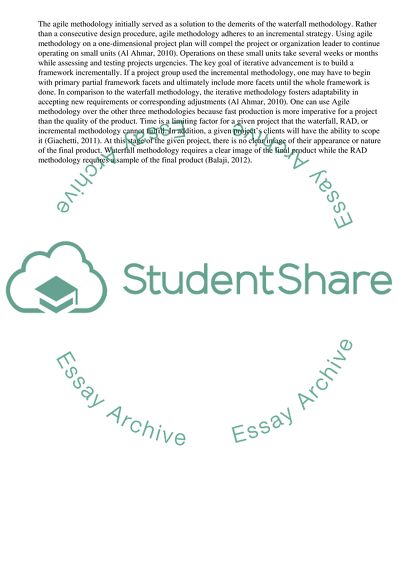Cite this document
(Comparison of Project Management Methodologies Research Paper, n.d.)
Comparison of Project Management Methodologies Research Paper. Retrieved from https://studentshare.org/management/1877469-analysis-of-project-methodologies
Comparison of Project Management Methodologies Research Paper. Retrieved from https://studentshare.org/management/1877469-analysis-of-project-methodologies
(Comparison of Project Management Methodologies Research Paper)
Comparison of Project Management Methodologies Research Paper. https://studentshare.org/management/1877469-analysis-of-project-methodologies.
Comparison of Project Management Methodologies Research Paper. https://studentshare.org/management/1877469-analysis-of-project-methodologies.
“Comparison of Project Management Methodologies Research Paper”, n.d. https://studentshare.org/management/1877469-analysis-of-project-methodologies.


